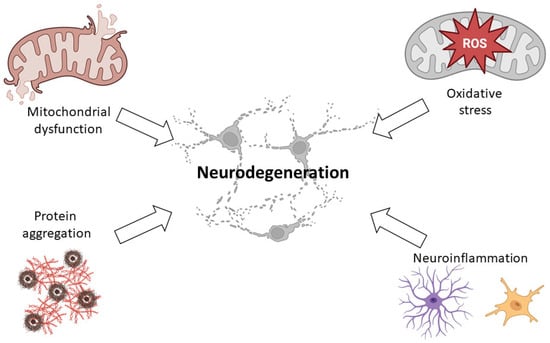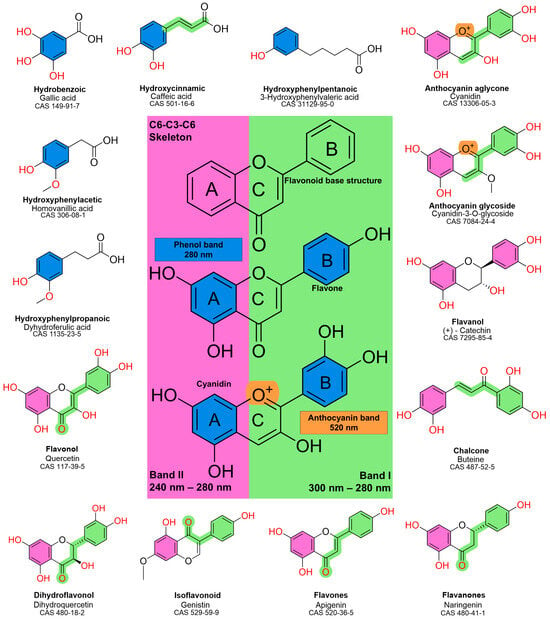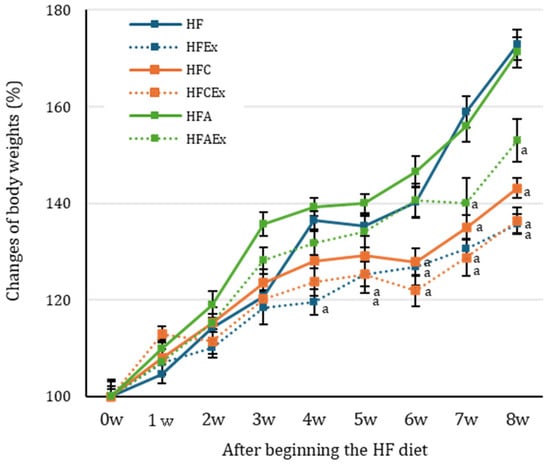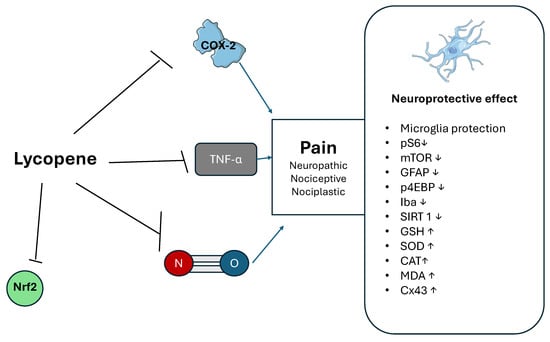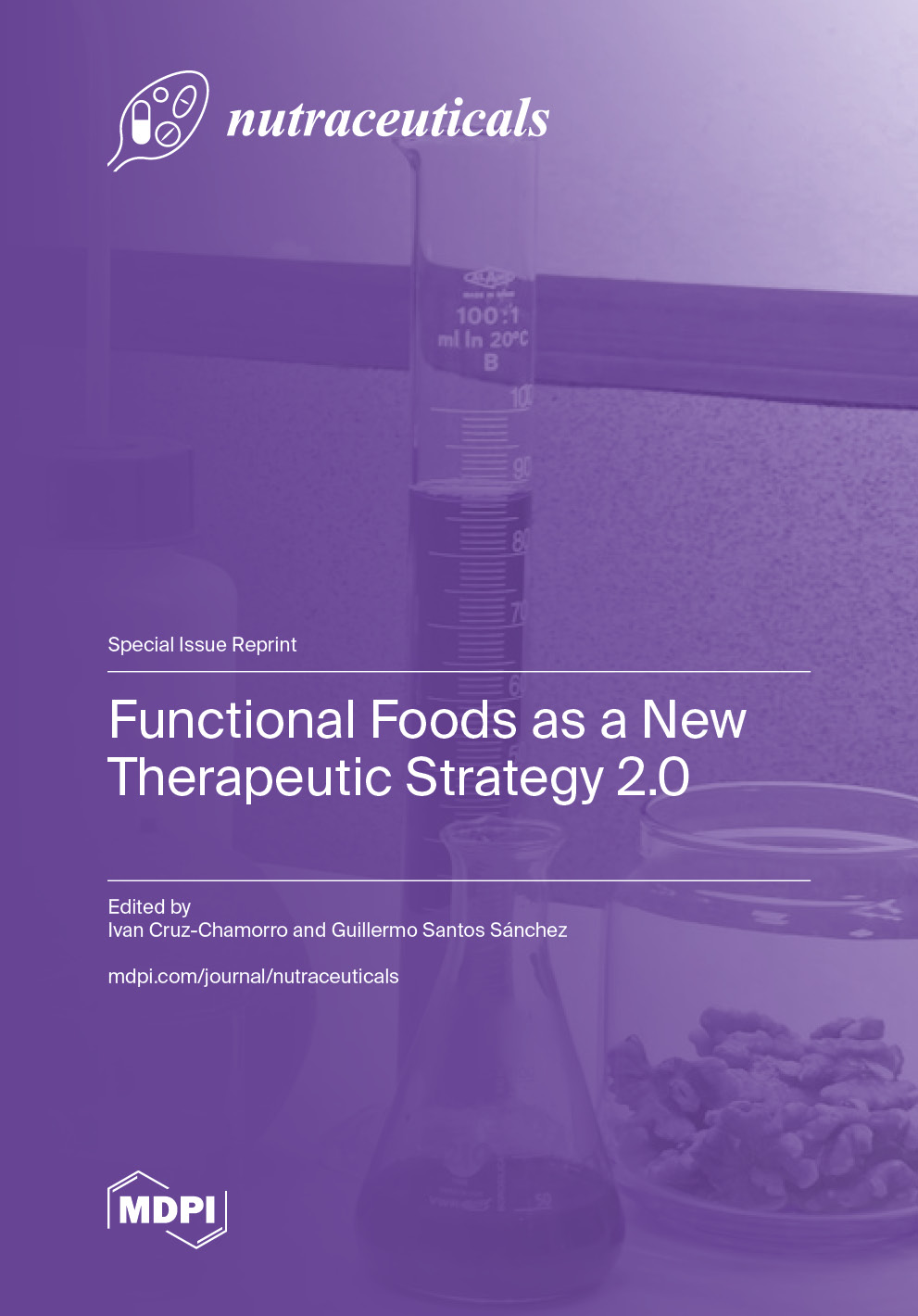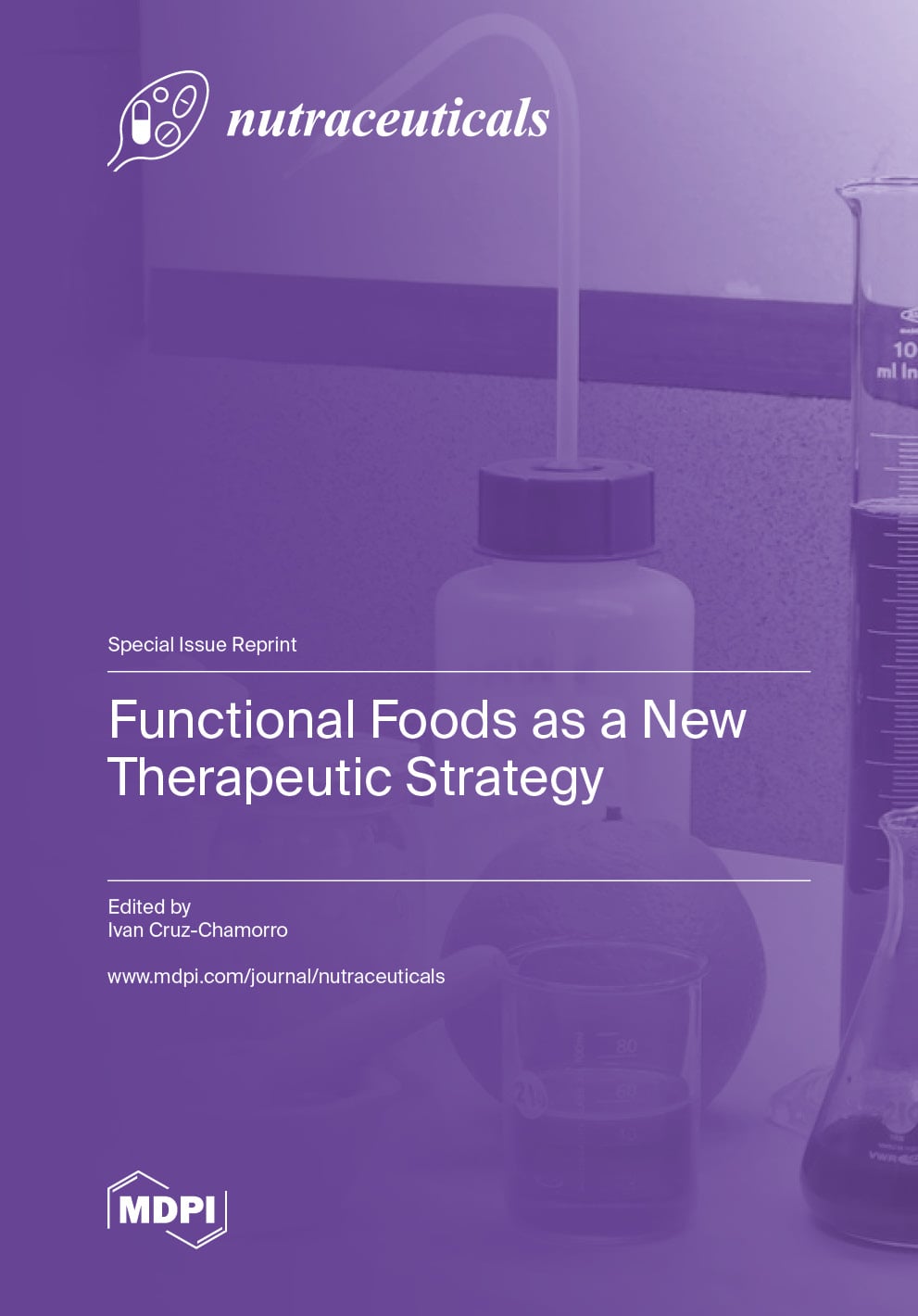- Review
Modulating Energy and Redox Homeostasis: A Review of Creatine, L-Carnitine, Melatonin, and Resveratrol in Neurodegenerative Diseases and Organic Acidemias
- Ellen C. S. B. Lima,
- Artur S. S. Maia and
- Priscila L. Silva
- + 3 authors
Neurological and neurodegenerative diseases encompass a wide range of conditions affecting the central nervous system, leading to progressive dysfunction and damage. These diseases, such as Alzheimer’s, Parkinson’s, and some cerebral organic acidurias, often result in debilitating symptoms impacting motor control, cognitive function, and sensory processing. Research into their complex etiologies, including the role of energy and redox homeostasis, is crucial for developing effective diagnostics and therapeutic interventions. Despite the current lack of effective treatments for many neurological and neurodegenerative disorders, nutraceuticals are garnering significant interest. These food-derived compounds offer benefits beyond basic nutrition, primarily due to their ability to modulate intracellular processes that are known to be disrupted in these diseases. This study reviews the neuroprotective potential of several nutraceuticals, specifically creatine, acetyl-L-carnitine, melatonin, and resveratrol, as promising adjuvants to therapeutic interventions in neurological and neurodegenerative diseases.
20 December 2025


